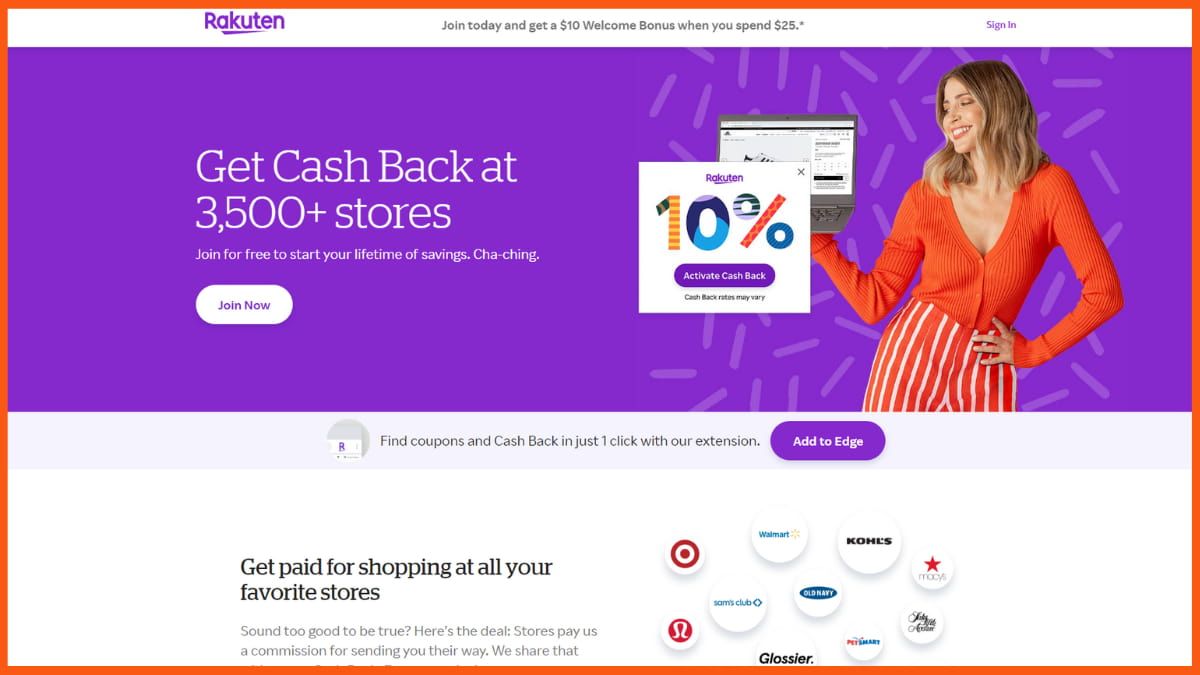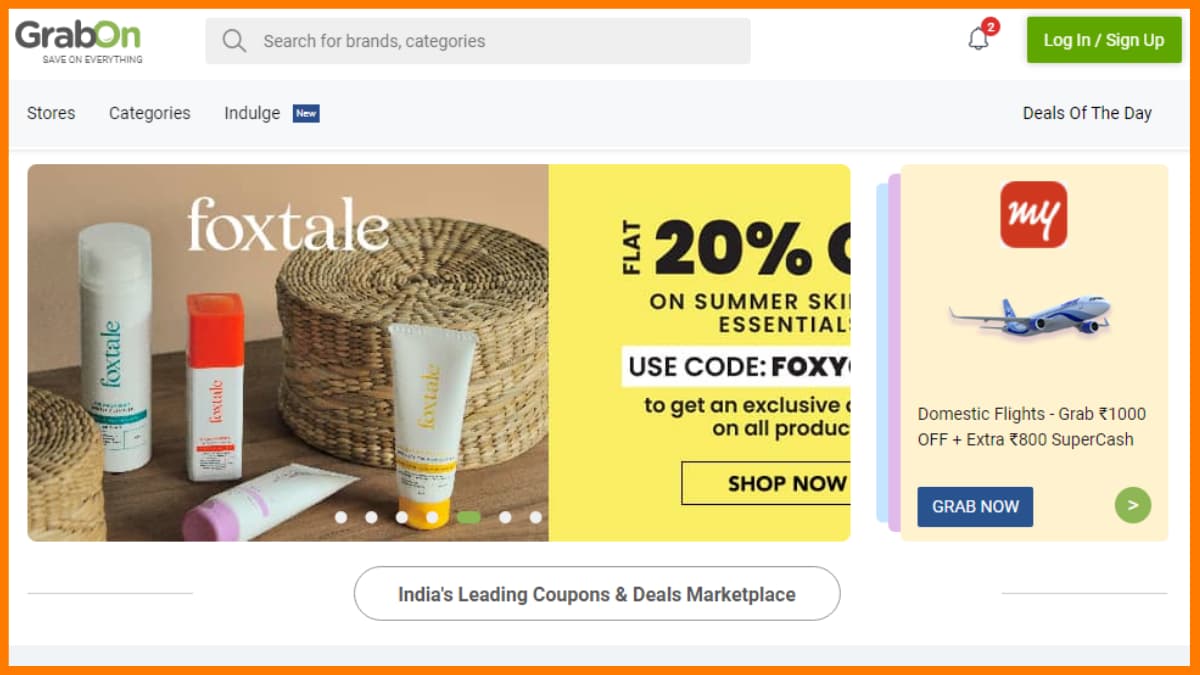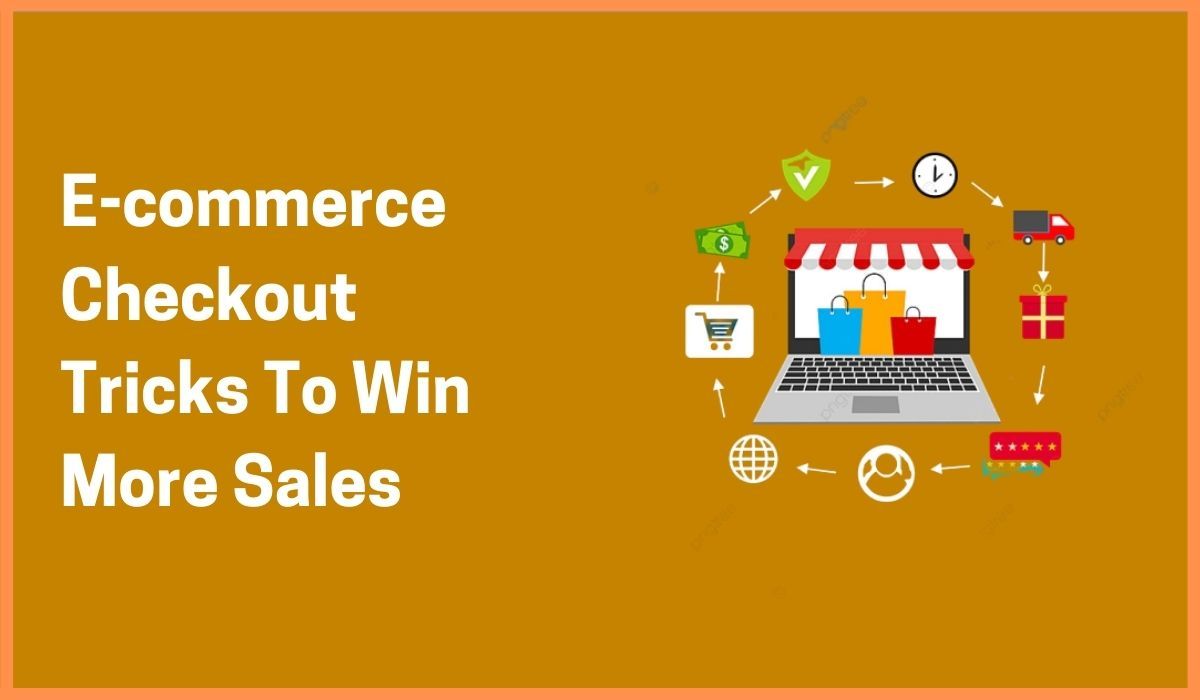The global e-commerce market is expected to reach USD 27,147.9 billion by 2027.
By 2040, 95% of all retail purchases will be made online. All these stats show us that the market of e-commerce is booming.
If you own an e-commerce business then you can make a lot of revenue since nowadays a lot of consumers don’t want to visit an offline store. Instead, they would prefer buying products from the comfort of their homes.
But, it also tells us that there is a lot of competition in the market. To survive in this ever-growing market you need to constantly innovate, improve the buying experience and provide a high-quality product or service.
In spite of the highly unpredictable nature of e-commerce, there are some companies that were able to take the e-commerce market by storm. Today, we are going to tell you about the top 10 e-commerce companies in the world.
1. Amazon
2. Alibaba
3. eBay
4. Walmart
5. HomeDepot
6. MercadoLibre
7. Rakuten
8. Reliance
9. Prosus
10. Meituan Dianping
1. Amazon

You must have expected Amazon to be at the top of the list and why not! We all must have ordered something from this ever-growing e-commerce site. The consumer base and revenue of this company are growing year by year.
Currently, in July 2022 Amazon has a market capitalization of $1.163 trillion. At the end of the financial year 2022, the company generated a whopping revenue of $477.748B, a 13.99% increase year-over-year. The company has 310 million customers worldwide.
In 2021, Amazon grew its market value by 73.6 per cent. It made a revenue of $469.822B in 2021, a 21.7% increase from 2020. This is because of the COVID-19 pandemic which resulted in lockdowns all around the world.
As of 2022, Amazon generates $638 million each day. This means that the company makes $7,300 each second, $443,000 every minute, and $26.6 million every hour. So, every week Amazon earns an average of $4.4 billion and every month an average of $17.6 billion. Considering all these stats if Amazon stops working even for 1 minute they would lose millions of money!
According to Statista, Amazon.com had over 2.2 billion combined desktop and mobile visits. The company has listed 12 million items across all its categories and services which means that you can buy anything from the site.
Amazon Prime membership and Prime day are very smart strategies that allow the company to increase their sales.
Users quickly buy the Amazon Prime membership since they get free two-day shipping and access to Prime Music and Prime Video. Since they are prime members they are most likely to buy products from Amazon regularly.
Prime day sales incentivize consumers to buy goods and services. In 2021, on Prime day the company made a revenue of $11.79 billion.
2. Alibaba
Alibaba Group Holding Ltd. is a Chinese multinational company that has several businesses which specialize in e-commerce, cloud computing and logistics.
Alibaba.com:
Alibaba is the biggest wholesale marketplace which connects buyers and suppliers all around the world. Think of it like Amazon. The only difference here is that Amazon serves the American division but Alibaba is for China.
Taobao:
An online marketplace that facilitates consumer-to-consumer (C2C) business.
Alibaba Cloud:
A cloud computing company that provides cloud services on a pay-as-you-go basis.
TMall:
TMall is a Chinese-language website that facilitates business-to-consumer (B2C) online retail.
AliExpress:
AliExpress is an online retail company where international online buyers can buy cheap products and services from small businesses in China.
Lazada:
Lazada is an international e-commerce company where merchants sell their products and the company takes care of payment and delivery of products.
Youku:
Youku is a video hosting service based in Beijing, China.
DingTalk:
DingTalk is a messaging app in China that has over 100 million users.
Cainiao Network:
Cainiao Network is a Chinese logistics company.
As you can see Alibaba has created its own ecosystem. The market capitalisation of Alibaba is $331.52 billion. The company has 1.24 billion consumers worldwide.
In a press release the company said that in the September Quarter of 2021, the company generated a revenue of USD 31,147 million, indicating a 29% year-over-year increase.
In the financial year 2022, Alibaba group made a revenue of 134.6 billion U.S. dollars.
The unique thing about Alibaba and its subsidiaries is that they provide opportunities to small sellers to upscale their business.
3. eBay

eBay is an American e-commerce company which allows users to buy and sell their products. As of July 2022, eBay has a market capitalisation of $24.47 Billion.
At the end of March 31 2022, the company’s revenue was $10.265 billion, a 9.17% increase year-over-year. In 2021, the company made a revenue of $10.42 billion, a 17.16% increase from 2020.
The platform has 185 million active buyers and 19 million sellers worldwide. Most of the users buy and sell electronic products and accessories.
eBay has implemented advanced technology using which buyers can find the best price for a certain product easily. The ‘best price guarantee’ of eBay also attracts a lot of customers.
Under this policy, if a user buys a product from eBay and finds a better price from its competitor, within 48 hours the company will cover 110% of the difference.
eBay also encourages sellers to advertise their products. This helps the company to earn ad revenue. The company has also tied up with PayPal which provides in-house payment services to buyers and sellers.
4. Walmart

Walmart is an American multinational retail corporation that has established 10,500 stores and clubs in 24 countries.
It operates a chain of hypermarkets, discount department stores and grocery stores. Apart from focusing on offline stores, the company has started allocating its resources to its e-commerce stores and has expanded its grocery pickup and delivery services.
The huge chain of offline stores helps the company to sell more goods and services online.
The company has a market cap of $343.52 billion. Walmart’s annual revenue for the year 2022 was $572.754 billion, a 2.43% increase from 2021.
Walmart has 2.3 million employees which help the company to rapidly scale their business.
5. HomeDepot

Home Depot is an American multinational home improvement retail corporation that deals with construction and home improvement products. It is the largest home improvement retailer in the United States.
The company has a market capitalisation of $294.646 billion. In the first quarter of fiscal 2022, the company reported sales of $38.9 billion, an increase of $1.4 billion.
According to Statista, the company has carried out nearly 1.8 billion customer transactions worldwide.
HomeDepot’s huge chain of offline stores and awesome customer service has helped the company to become successful.
Recently, the company has invested a lot of money to digitally transform its operations. In 2021, the company launched the “Rent Online, Pick-up In Store” (ROPIS) functionality where customers could view equipment online and make reservations for them in advance from the comfort of their homes.
The company has partnered with Google Cloud to take their digital transformation efforts to the next level.
6. Mercado Livre

Mercado Livre is the largest e-commerce and payments ecosystem in Latin America. The company operates in 18 countries.
Using this platform users can buy, sell and make the payment for the products. MercadoLibre has a market capitalization of $35.26 billion.
The company’s annual revenue for 2021 was $7.069 billion, a 77.92% increase from 2020.
In 2021, the company gained 139.5 million unique active users. Mercado Livre has been aggressively investing in logistics to make its delivery more effective. In the fourth quarter of 2021, nearly 90% of the shipping was carried out using its own network.
7. Rakuten

Rakuten Ichiba is Japan’s largest e-commerce that operates in 29 countries. Using this platform consumers can buy electronics, clothes, books, baby essentials, apparel and much more.
Apart from e-commerce the company also provides financial services, video distribution services and communications services.
The company has a market capitalisation of $7.45 billion. If we look at Rakuten’s latest financial reports we can notice that the company’s current revenue (TTM) is $15.03 billion.
Rakuten provides loyalty points to its customers which are linked to their credit cards. This means that every time customers make a purchase from Rakuten they earn points. The company has 1.6 billion customers around the world.
8. Reliance Digital

Finally, an Indian company on this list! As we all know, Reliance Industries is a multinational conglomerate that has a diverse business in telecommunications, petrochemicals, natural gas, retail, mass media and textiles.
Reliance is India’s biggest retailer, with more than 12,000 stores. The company has put up its foot in the quick commerce segment by launching JioMart. Using this platform users can order 50,000+ grocery products online.
The company’s fashion e-commerce portals Ajio and Reliance Digital performed well during the COVID-19 pandemic.
Reliance has a market capitalisation of US$243 billion. Reliance Industries became the first Indian company to cross 100Bn$ in revenues.
Reliance industries is also the 10th largest employer in India with a workforce of 236,000 employees.
In FY2021, Reliance Retail generated a revenue of Rs 1,53,818 crore and a pre-tax profit of Rs 9,842.
9. Prosus
Prosus is a Dutch multinational conglomerate company. It is Europe’s largest consumer Internet company and one of the world’s largest tech investors.
The company has invested a lot of its money in companies from different sectors like fintech (PayU), food delivery platforms (iFood, Delivery Hero and Swiggy), and EdTech (Stack Overflow, Brainly, Udemy), retail (eMag) and e-commerce (OLX).
In 2021, Prosus delivered revenue growth of 51% to US$9.8 billion from its e-commerce ventures.
10. Meituan Dianping
Meituan-Dianping is a Chinese shopping platform for consumer products and retail services like dining, delivery, travel and much more.
The company works on the model of a ‘super app’ where users can buy movie tickets, order food online, read restaurant reviews, buy different products and services and do much more from a single app.
Meituan has a market capitalization of $151.52 billion. In 2021, the company generated a revenue of 179 billion yuan.
In the first quarter of 2022, Meituan’s food delivery and in-store business along with hotel and travel segments achieved an aggregate operating profit of RMB5.1 billion.
Conclusion
As you can see all the top e-commerce companies are constantly innovating and providing high-quality products or services to their customers. The companies have understood the behavioural pattern of the audience and are trying to make the lives of the people better. Remember, when your product or service is helping people you will always succeed.
FAQs
Which is the world’s largest e-commerce company?
Amazon is the world’s largest e-commerce company with a market capitalization of $1.163 Trillion. At the end of the financial year 2022, the company generated a whopping revenue of $477.748B, a 13.99% increase year-over-year.
Is Alibaba bigger than Amazon?
No, Alibaba is not bigger than Amazon.
Which country is No 1 in e-commerce?
China is the world’s biggest and fastest-growing e-commerce market in the world. The e-commerce market in China is growing at an annual growth rate of 21%.
What is the biggest online market?
eBay is the biggest online marketplace that serves over 180 million buyers worldwide. The company operates in 190 markets around the world.




























































